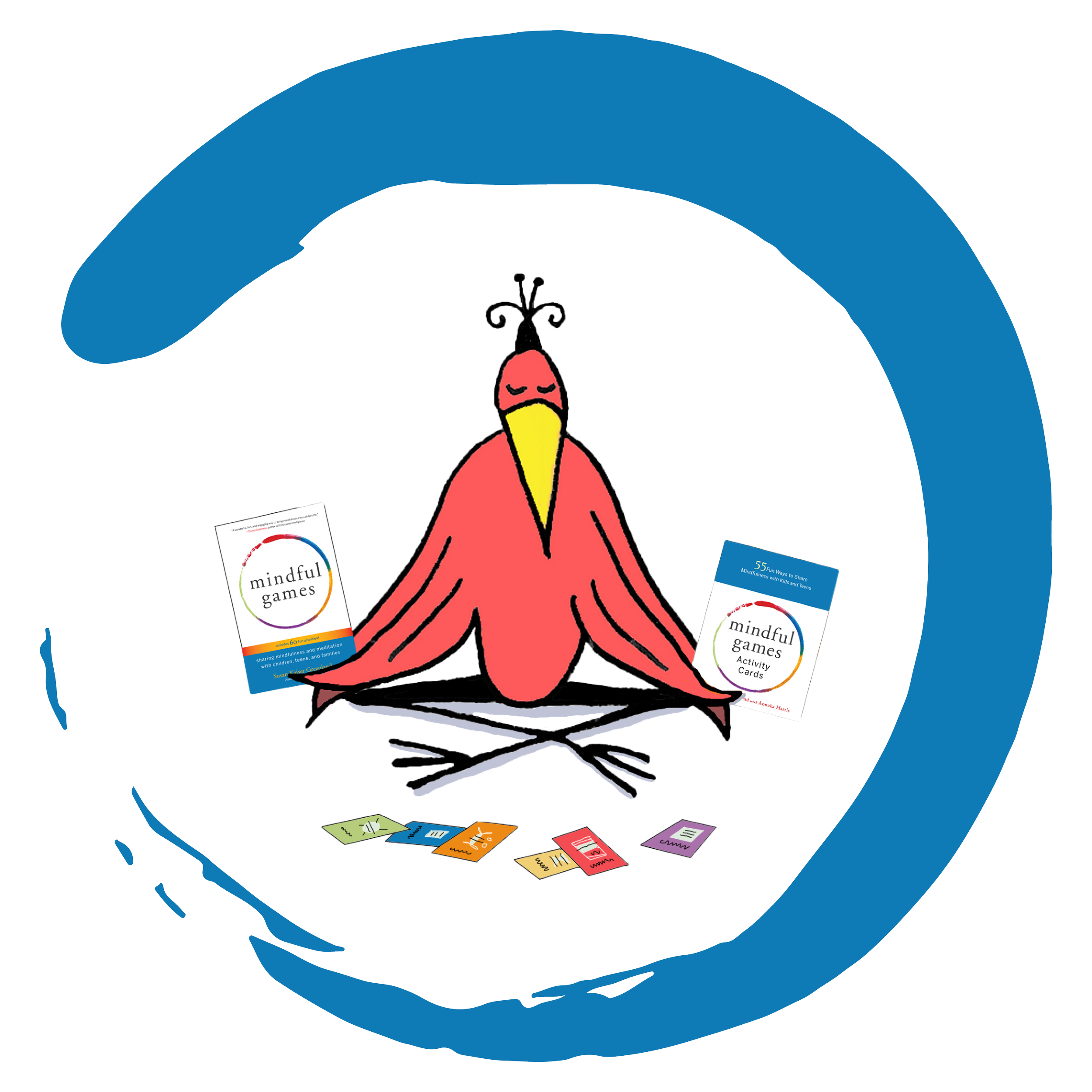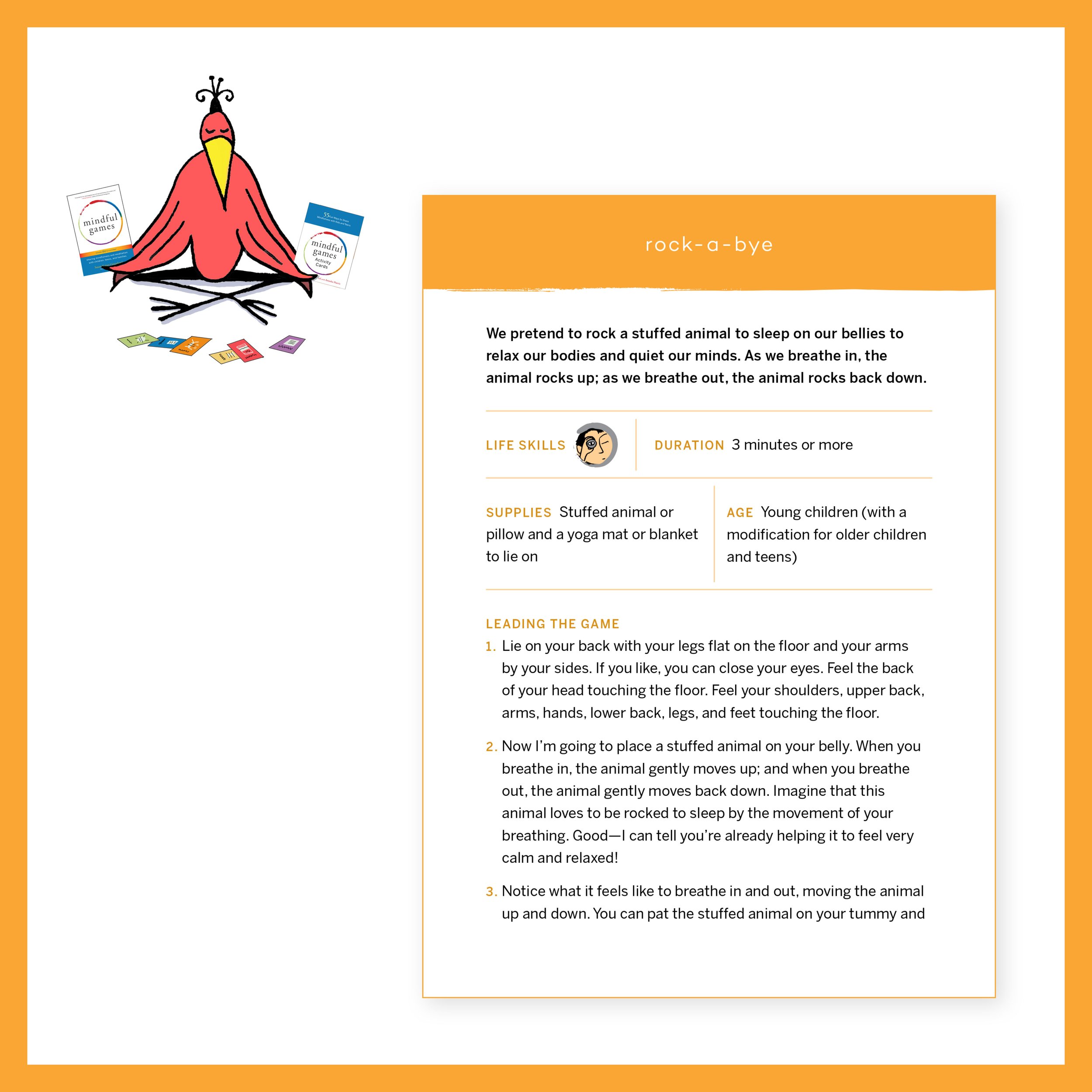inner kids
A mindfulness & activity-based educational model for children
designed for educators, therapists, & caregivers
The Inner Kids model explores important ideas and practices derived from psychology, philosophy, global wisdom and spiritual traditions, neuroscience, and education. It is also informed by the lived experiences of diverse cohorts of children and professionals.
It Starts With the ABCs
Attention, Balance, Compassion
Through mindfulness and meditation we glean insights that foster attention, balance, and compassion, what we call the ABCs. While it’s not a linear progression, it’s helpful to view these qualities as developing sequentially starting with attention, leading to balance, and culminating with compassion. While the growth of these qualities can be modest at first, the are nonetheless meaningful and become stronger over time.
Attention. As children practice these active exercises and remember these concepts, over time, their growing steady, flexible attention helps to develop their capacity to focus and quiet their minds.
Balance. As they actively reflect on and practice balance, children are better able to see what’s happening clearly (not just the stories they may have in their heads) and this enables them to reframe what they once believed to be true about what they see. In turn, the ability to skillfully see and reframe reinforces emotional balance. This is one example of the fluidity of these life skills and how they enhance and reinforce each other.
Compassion. Next, when speaking, acting, and relating to others (and ourselves) with compassion our capacity to care and connect with others and with ourselves in more fulfilling ways grows stronger.
How it Works
This activity-based, mindfulness approach features:
Life Skills, Methods, and Universal Themes
life skills
Six social, emotional, & academic life skills that help not only children but all of us become less reactive and more aware of what’s happening within and around us
quieting,
focusing,
seeing,
reframing,
caring,
and connecting.
Mindfulness & Meditation themes from Time-Honored Wisdom Traditions
To help everyone navigate life’s ups and downs with wisdom & compassion
Acceptance
Open mind
Appreciation
Attention (the flood light & the spotlight)
Attunement
Backwards law
Cause & Effect
Clarity
Compassion
Curiosity
Discernment
Empathy
Everything Changes
Goodness
Interdependence
Joy
Kindness
Mindfulness
Motivation
Patience
Playfulness
Present moment
Restraint (both contemplative & behavioral)
Self-compassion
Wise confidence
Play, Practice, Share, & Apply
Inner Kids flexibly follows the scientific method using the sequence—Play, Practice, Share, & Apply.
Play
First, we have some fun. This is crucial to creating an open, receptive mindset which sets the stage for what’s next.
Practice
Next, we play a formal or informal mindful game. Whether we’re sitting, standing, walking, or lying down, we observe our minds and bodies from the perspective of a friendly and curious observer, with an open mind as free of preconceived notions as possible.
Share
Then, we talk about our experiences. While sharing, we do our best to hold back from projecting our experiences onto another person's story, offering advice, or drawing conclusions about others. Instead, we ask one another questions intended to help the other person look at their meditation experiences from various angles and draw their own conclusions. Sharing is also an opportunity to encourage kids and adults to seek outside help, when appropriate.
Apply
Last, we consider and talk about ways to use what we learned in our daily lives, informed by an understanding of the life skills and themes we’re developing
This framework—Play, Practice, Share, and Apply—provides a safe, contained space for kids and adults to speak openly with one another after they practice together. It's also an opportunity for them to help each other contextualize their meditation experiences and, when appropriate, to reframe them.
Explore the Inner Kids Model
Origin Story
In the early 2000s, Susan Kaiser Greenland helped pioneer the introduction of secular mindfulness into classrooms through her activity-based practices. Over time, she developed these exercises and concepts into a new mindfulness model for children called Inner Kids. More flexible than a curriculum, this program is designed to give those who work with children the freedom and guidelines to creatively engage with children in ways tailored to their specific needs and circumstances. Over the past couple of decades, educators, parents, therapists, and others have found that the same mindfulness concepts designed for children have also created powerful changes in their own lives. Indeed, as with most things, it’s more effective to teach what we have already learned ourselves.
Explore the various sections below to find more information on each element of the Inner Kids model and learn how you might integrate these tools into your own classroom, clinic, or home.
Mindfulness for Children: Activities, Games & Lessons
Ready to try out some mindful games with kids?
Check out these videos to help you get started.
Inner kids model videos
Want to learn more about how the Inner Kids model actually works? Watch these videos to see some examples of the model in action.






















